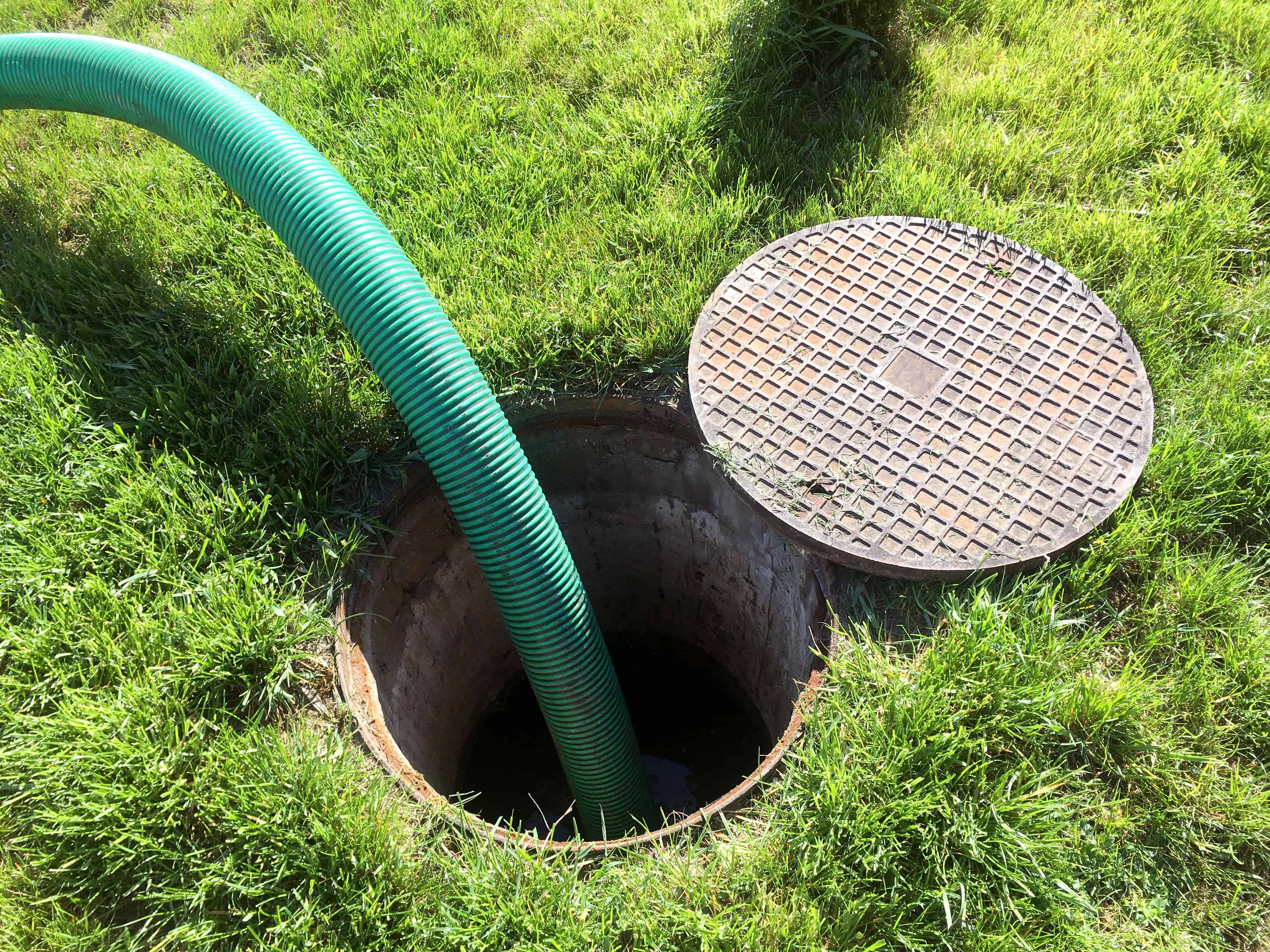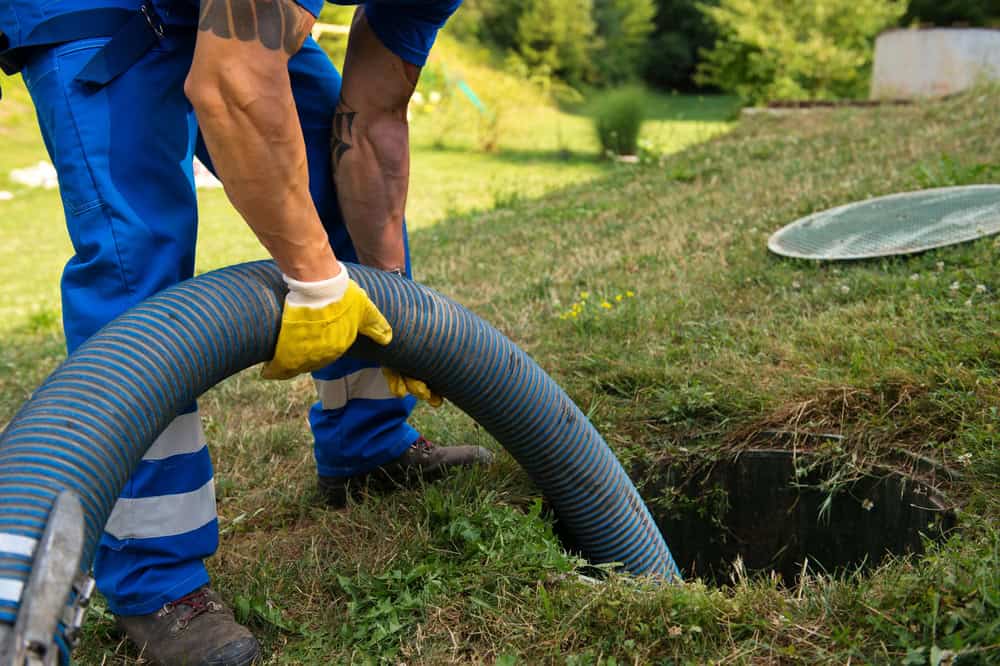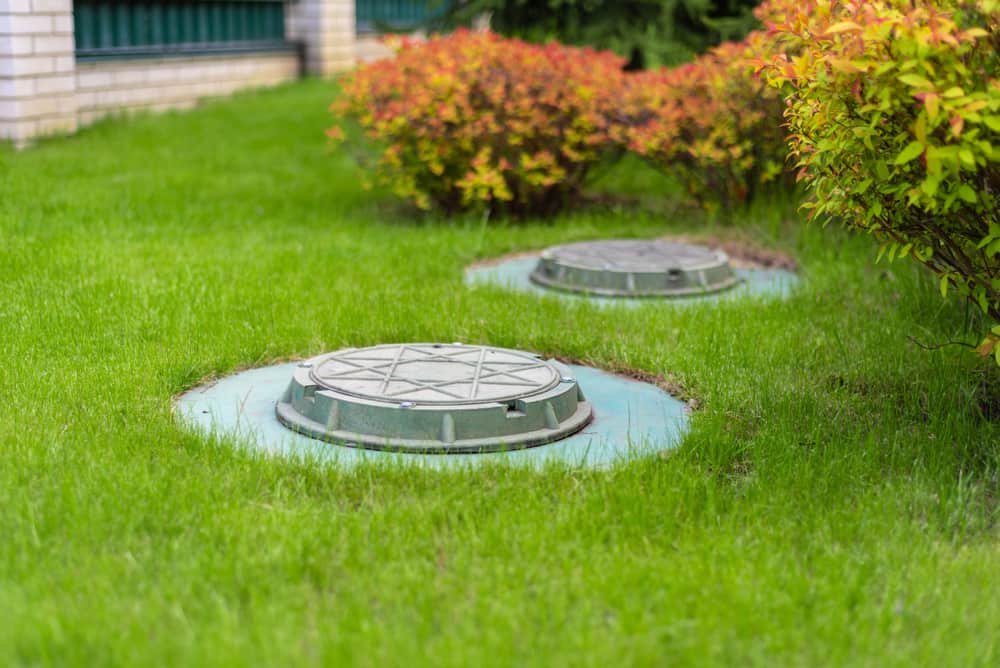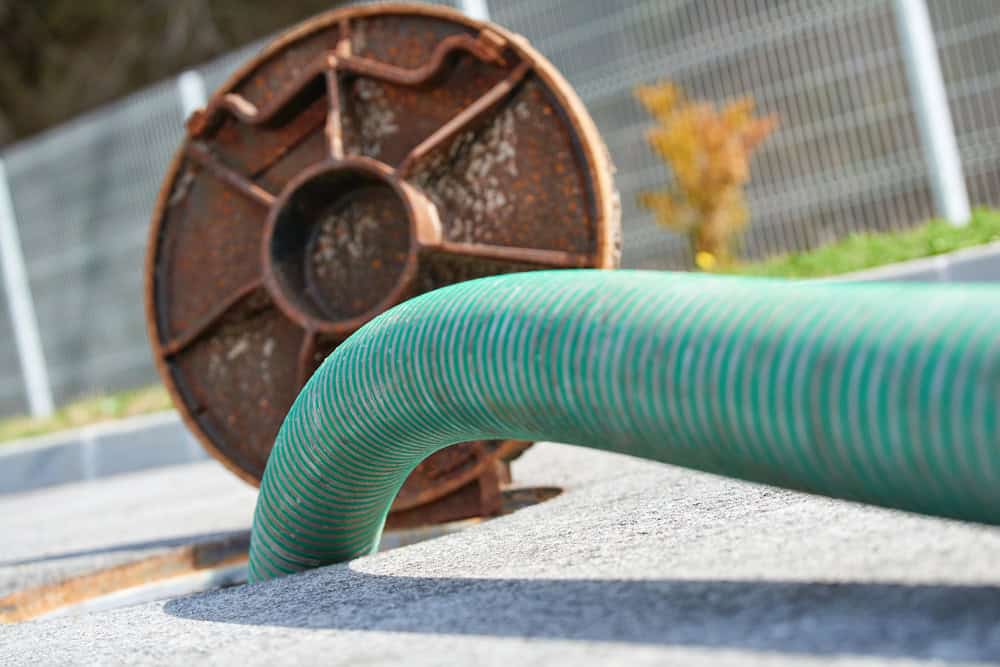Fast response, thorough cleaning, and honest pricing that keeps your system running smoothly year-round.

Hear from Our Customers

When your cesspool gets pumped correctly, you stop worrying about backups during your morning shower. No more slow drains that make you hold your breath. No more mysterious odors that make you avoid certain areas of your yard.
You get back to normal life without the constant concern that something’s building up down there. Your drains flow freely, your toilets flush without hesitation, and your property stays clean and safe.
Regular cesspool pumping isn’t just maintenance—it’s protection. Protection from thousands in emergency repairs, protection from health hazards, and protection from the nightmare of sewage backing up into your home. When it’s done right, you simply don’t think about your cesspool system because it works the way it should.
We’ve been handling cesspool pumping and cleaning throughout New Suffolk and Long Island for years. We understand how the sandy soil and high water table here affect your system differently than other areas.
We’re not the guys who show up, pump fast, and leave. We take the time to check your system, explain what we’re seeing, and give you straight answers about what’s normal and what needs attention.
Our trucks are equipped for complete pump-outs and proper waste disposal. We follow all local regulations and handle everything from routine maintenance to emergency situations that can’t wait until tomorrow.

First, we locate and uncover your cesspool access points—sometimes they’re buried or hidden after years of landscaping. We inspect the system before we start pumping to check for any obvious issues or damage.
Then we connect our vacuum truck and begin the pump-out process. We remove all liquid waste and accumulated solids, not just the easy stuff on top. This includes breaking up any crust layer that might have formed and ensuring complete removal.
After pumping, we inspect the cesspool walls and baffles for cracks or deterioration. We’ll let you know if we spot anything that needs attention now or monitoring for the future. Finally, we properly dispose of all waste at licensed facilities and provide you with service documentation. The whole process typically takes 30-45 minutes depending on your system size and condition.

Ready to get started?
Every cesspool pumping includes complete liquid and solid waste removal, not just surface skimming. We break up accumulated solids and remove everything that’s built up since your last service.
You get a visual inspection of your system’s condition with honest feedback about what we’re seeing. If there are problems developing, we’ll explain them in plain language and help you understand your options without pressure.
We handle all the messy work—locating access points, removing covers, and cleaning up afterward. Your property is left clean, and all waste is disposed of properly at licensed facilities. We provide service records for your files and can help you determine the right pumping schedule based on your household size and usage patterns. New Suffolk’s soil conditions mean some systems need more frequent attention than others, and we’ll give you realistic expectations based on what we actually see in your cesspool.

Don’t let cesspool issues disrupt your day. Reach out now for a free estimate and expert service.
©2025 Quality Cesspool All Rights Reserved. SEO Company NYC – Web Design & SEO by Hozio